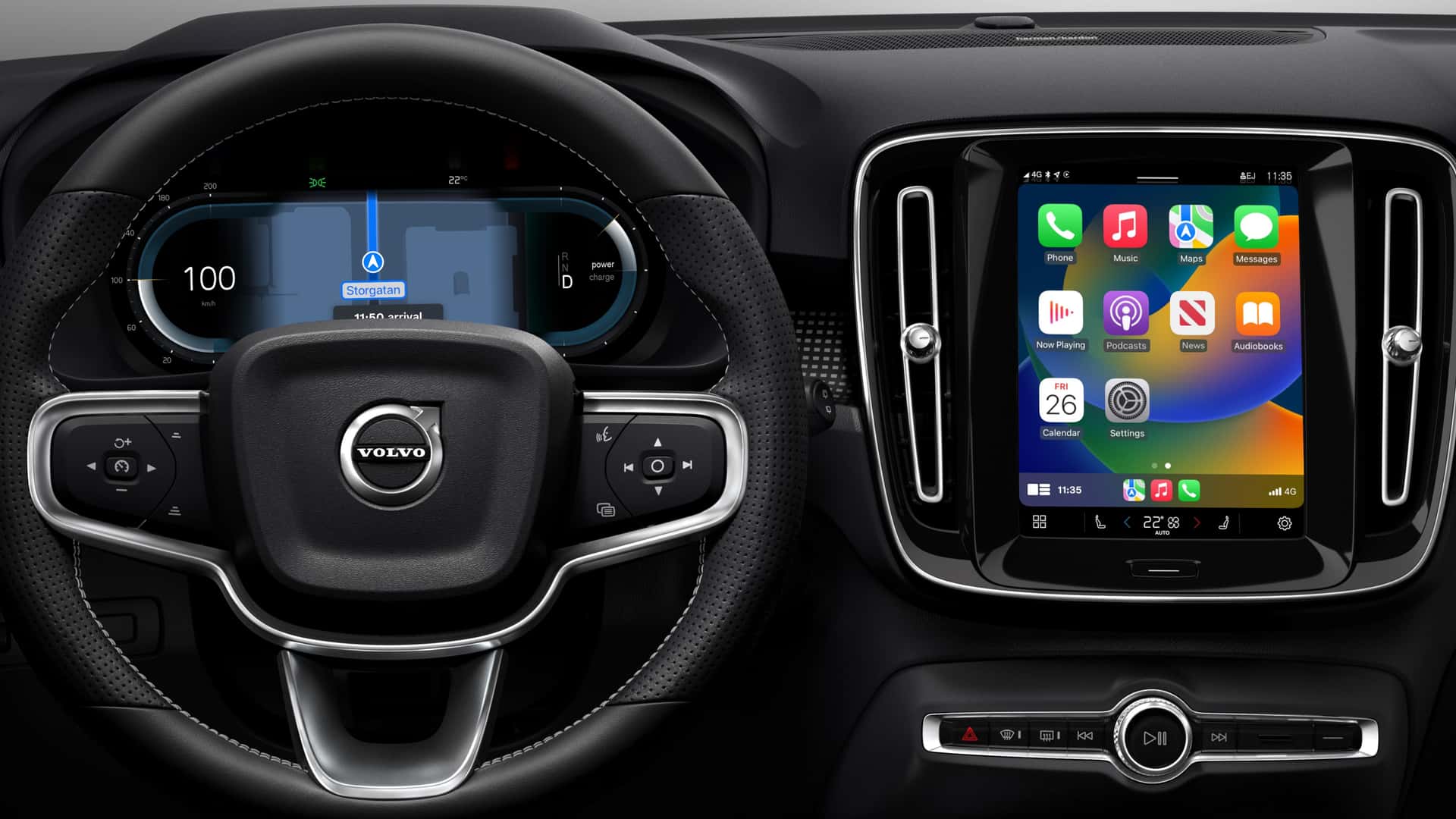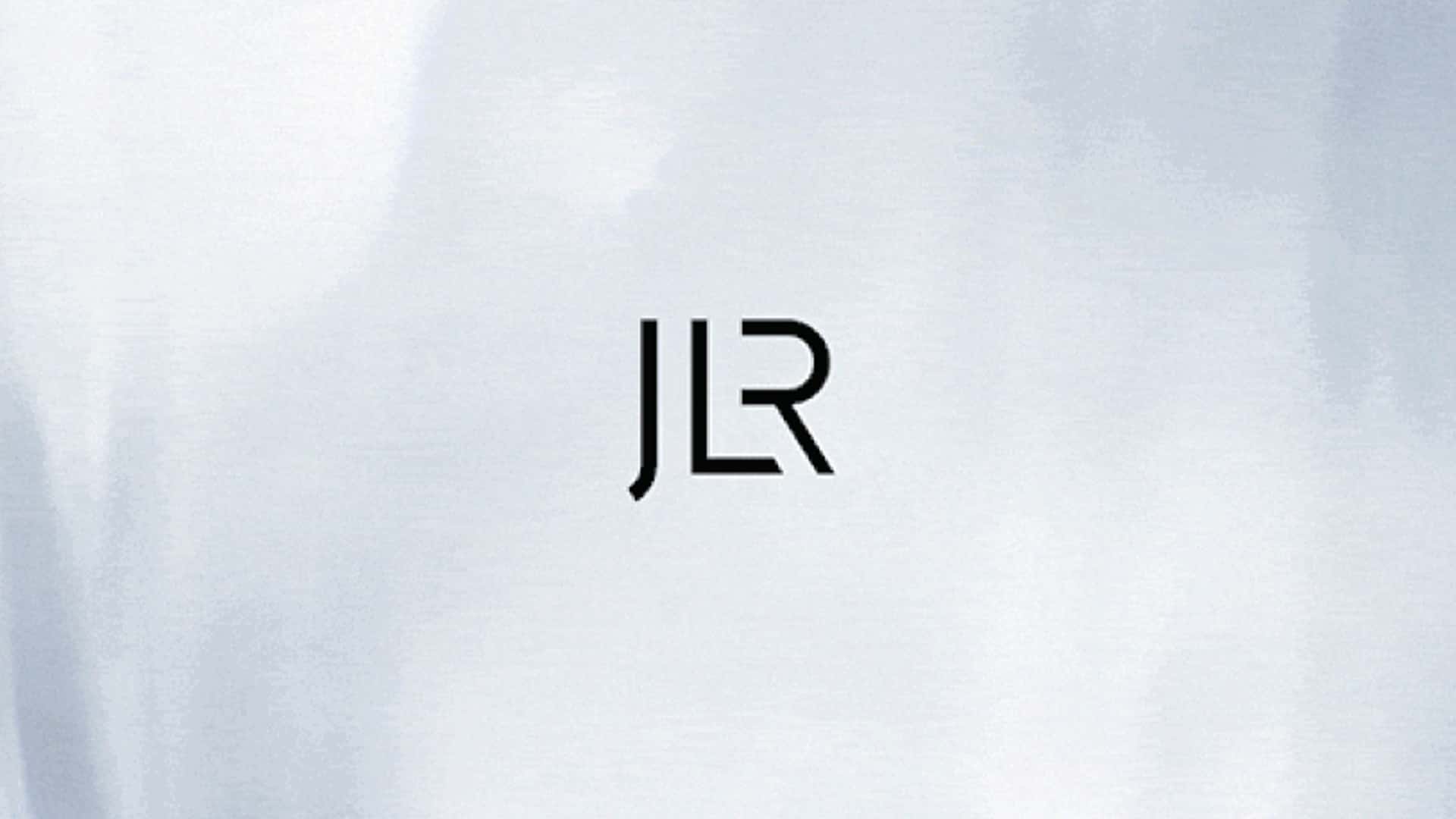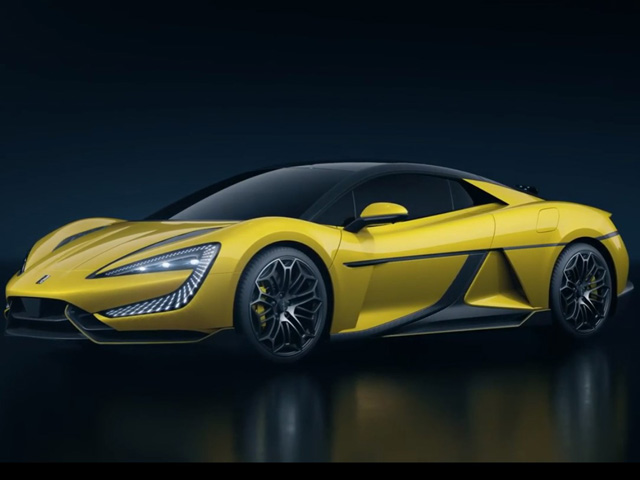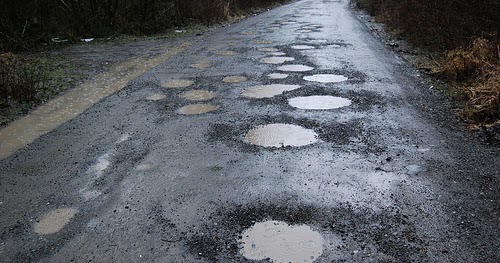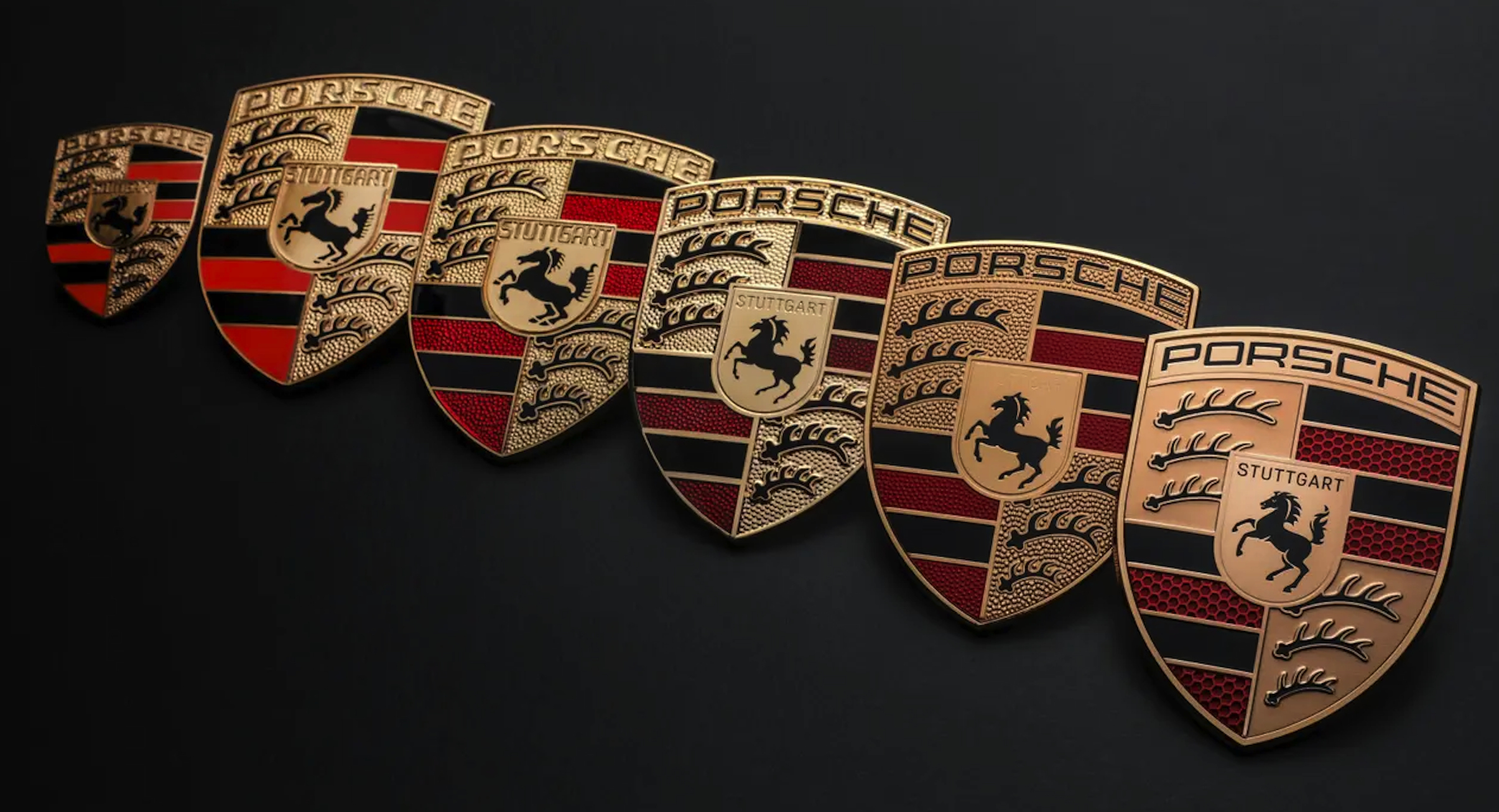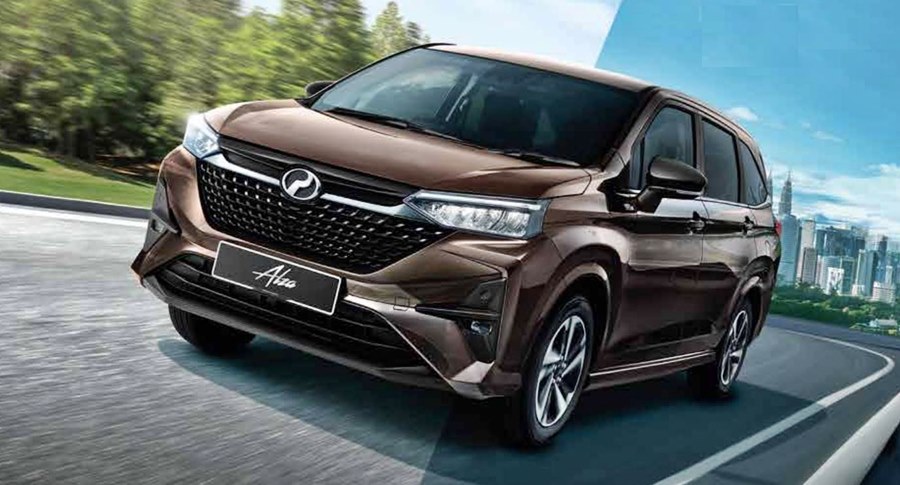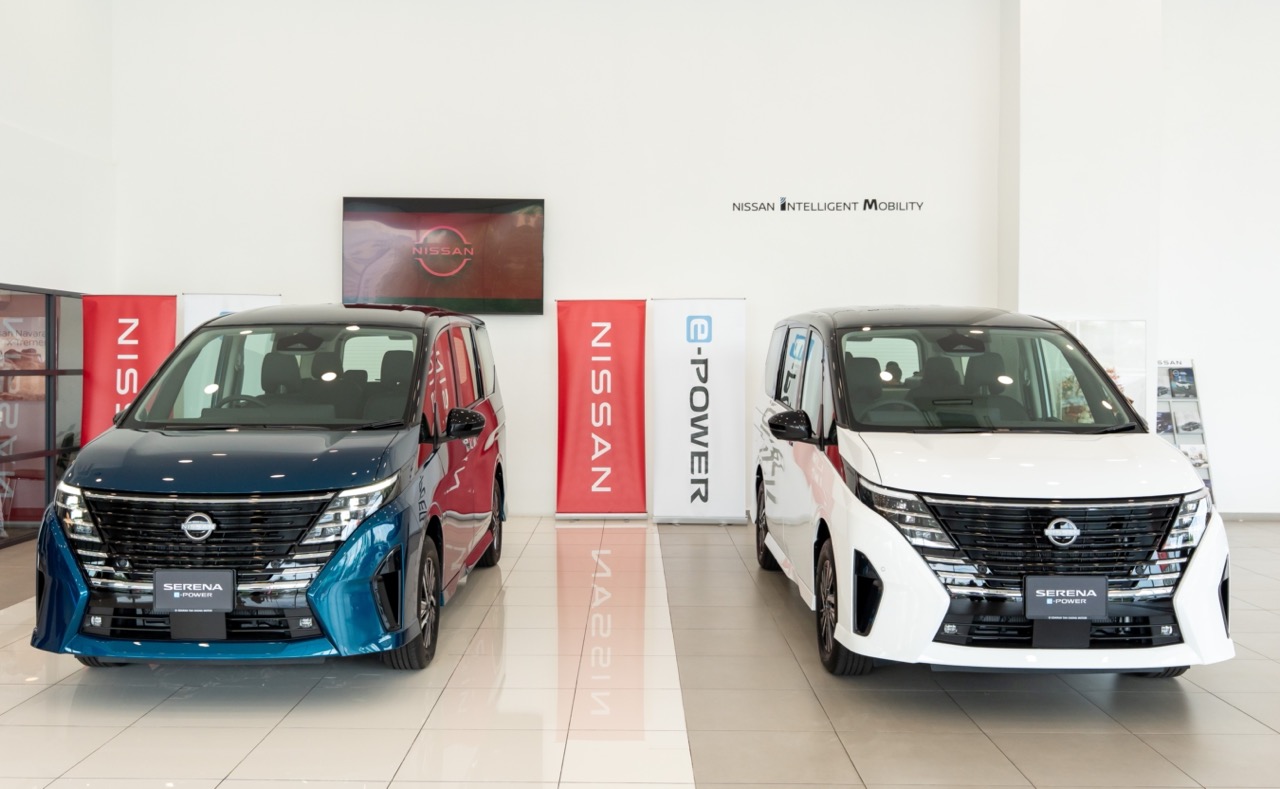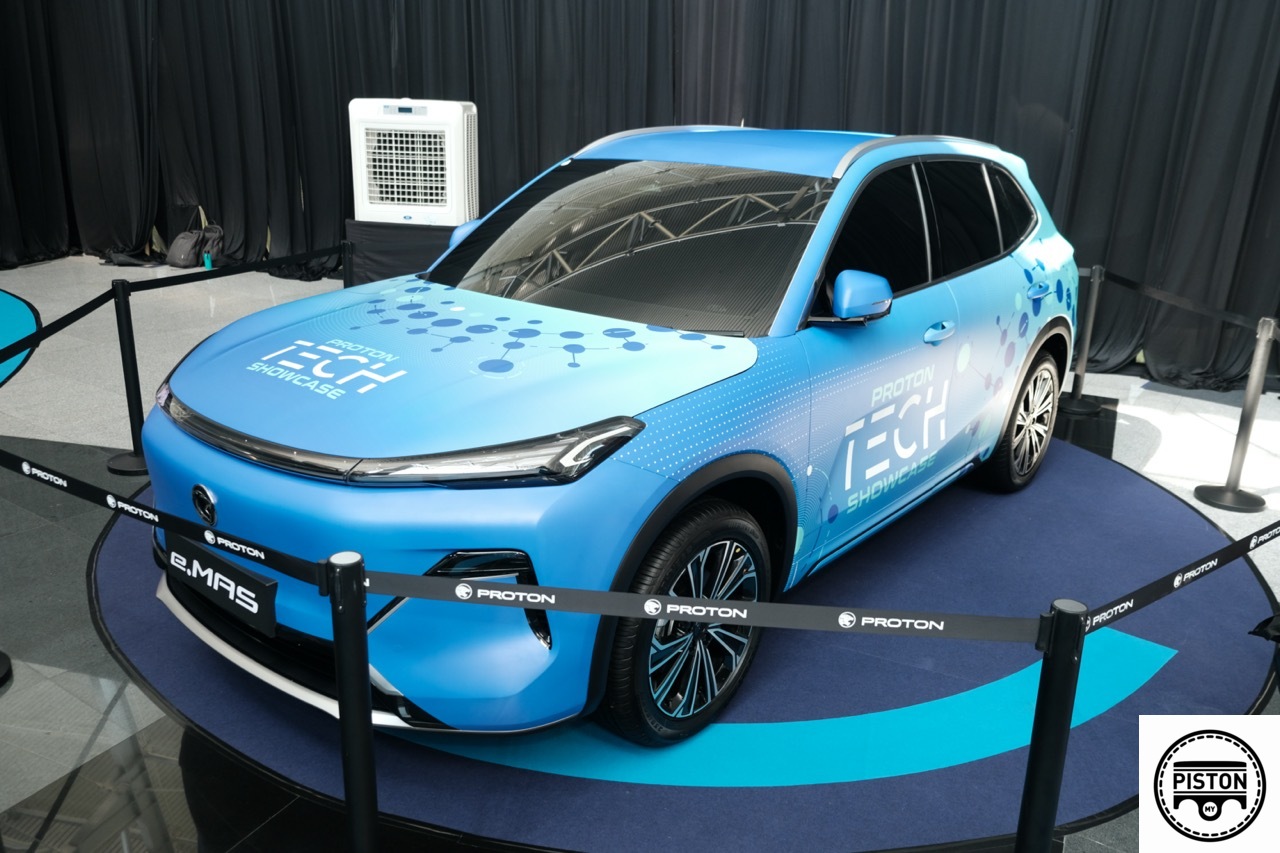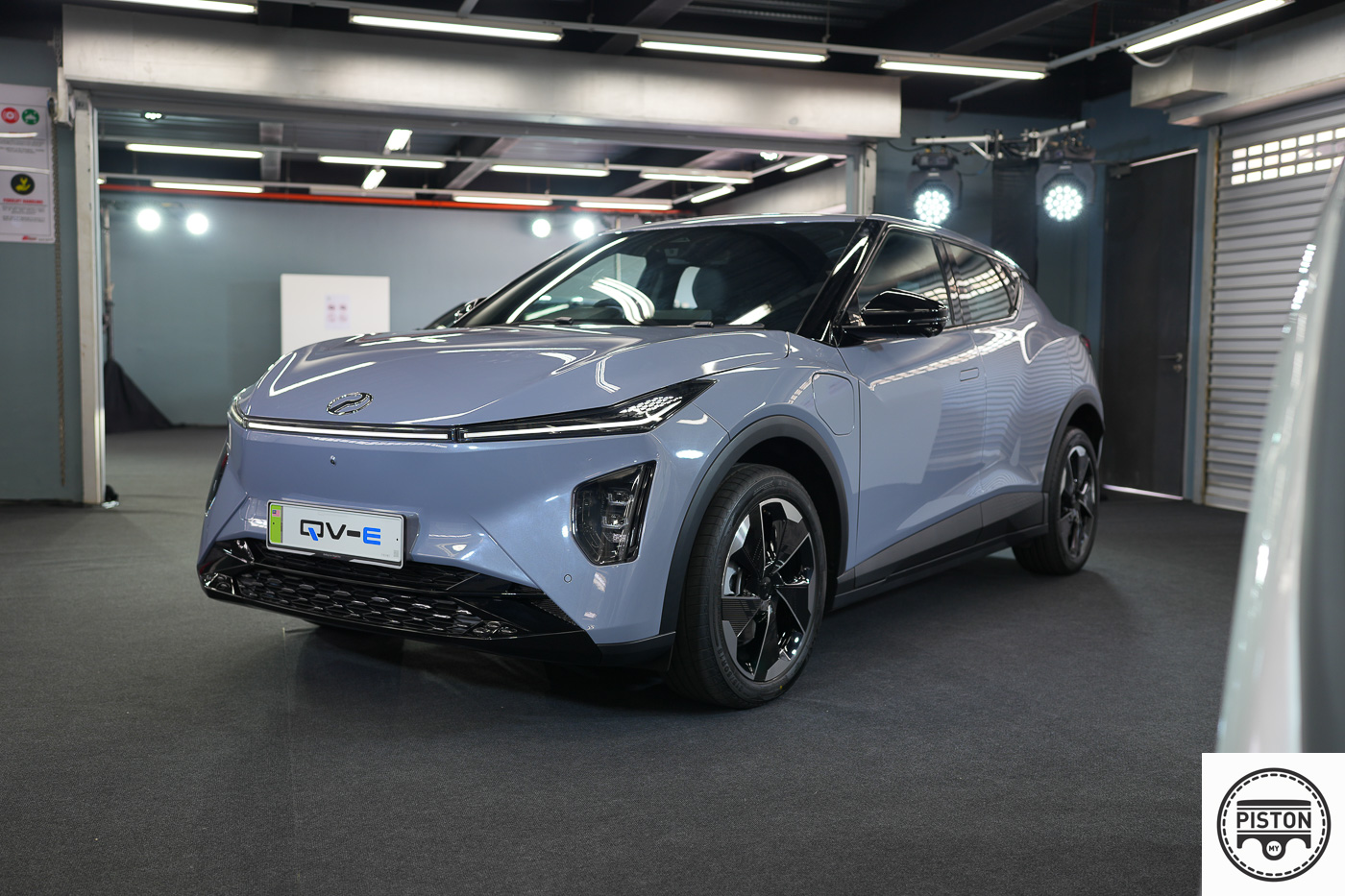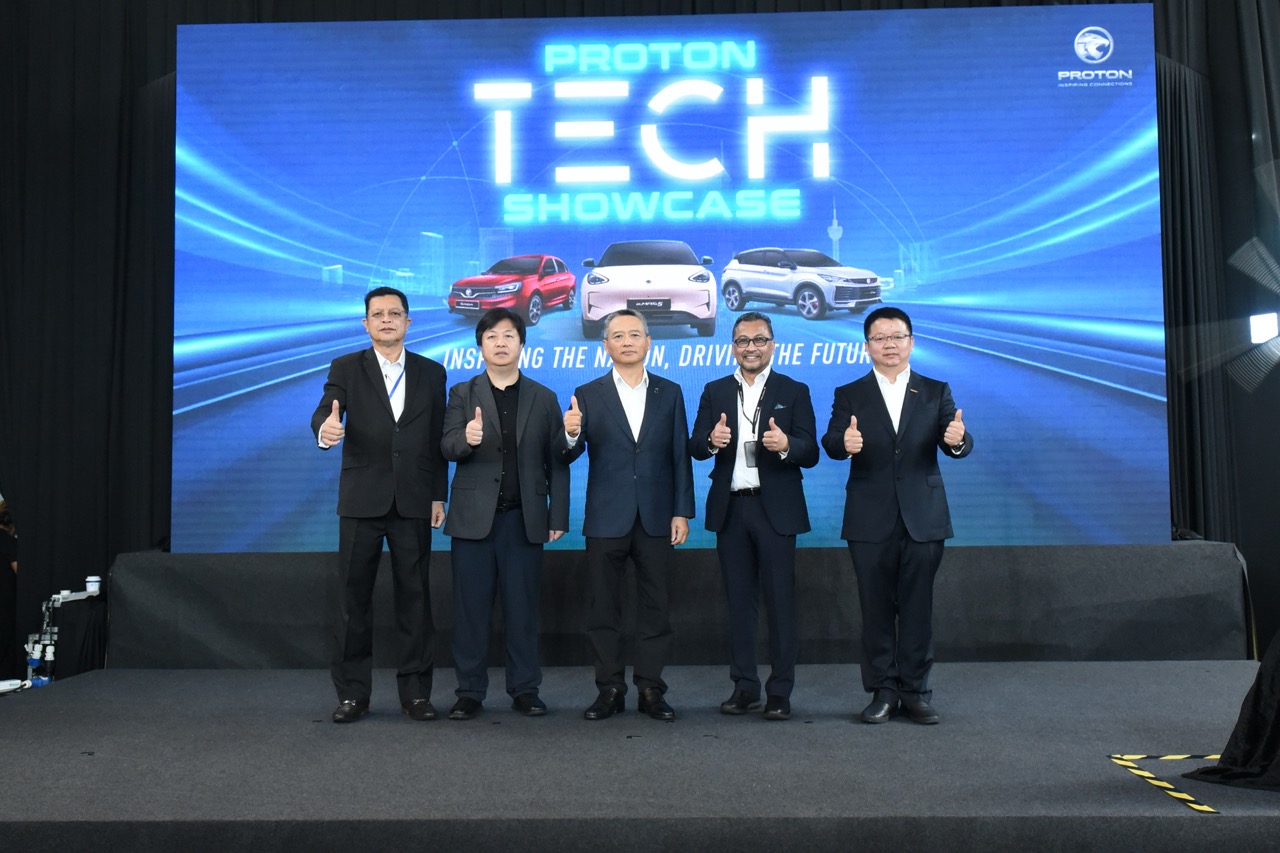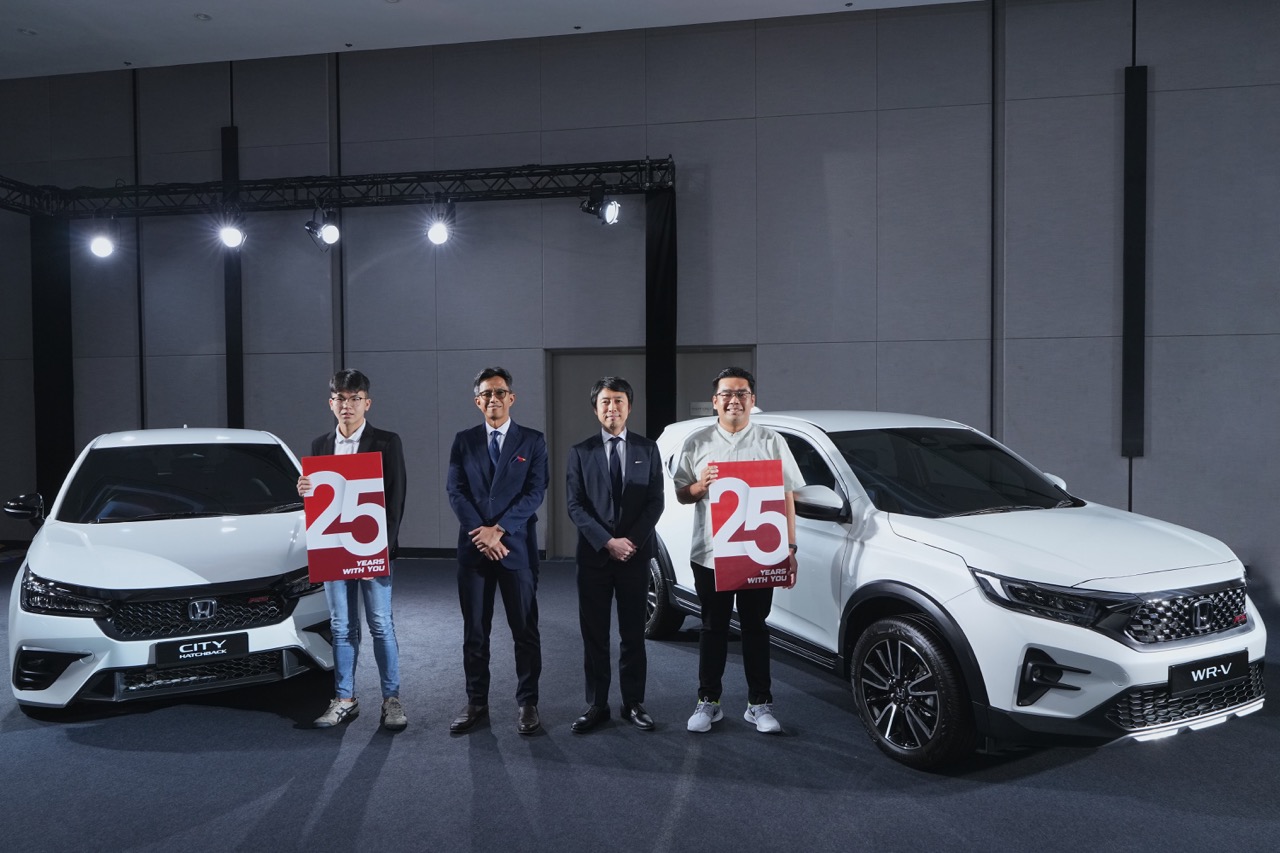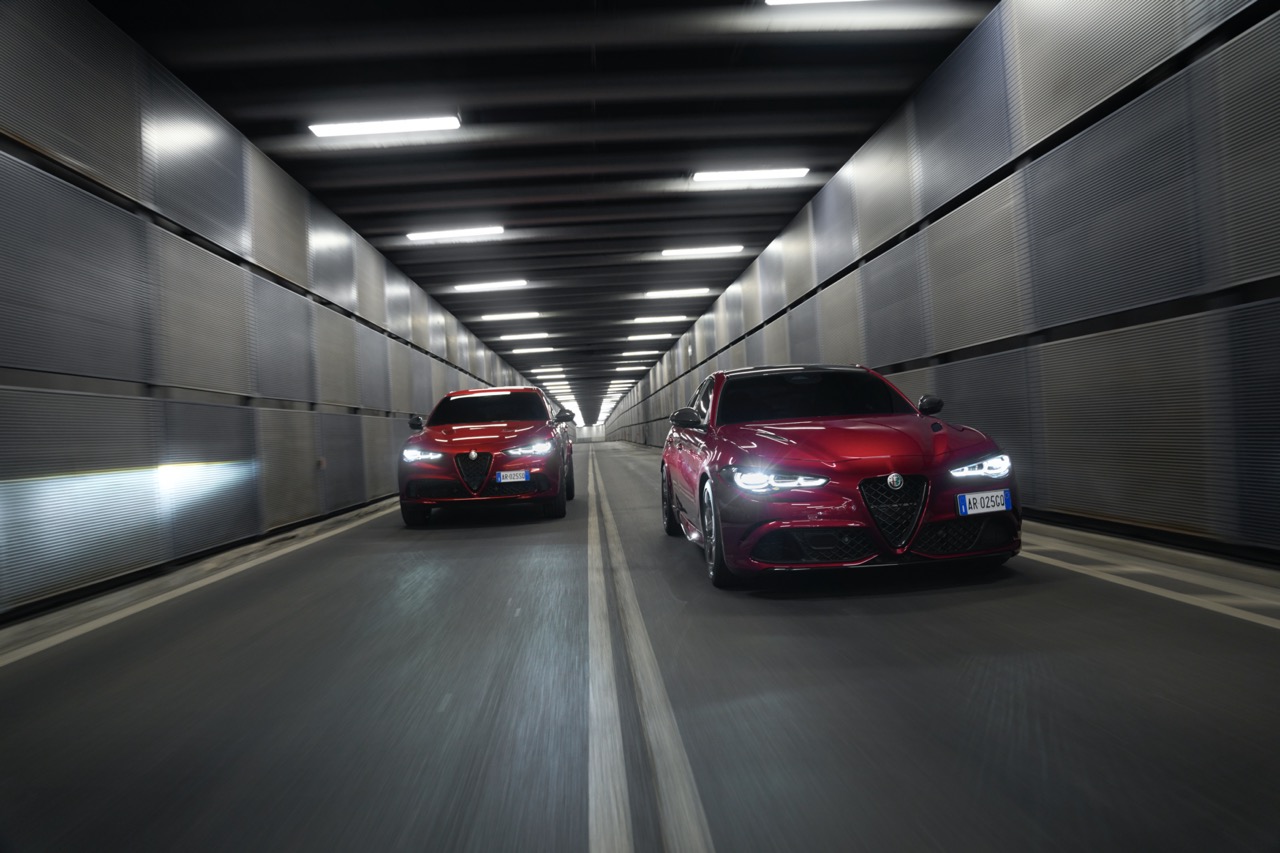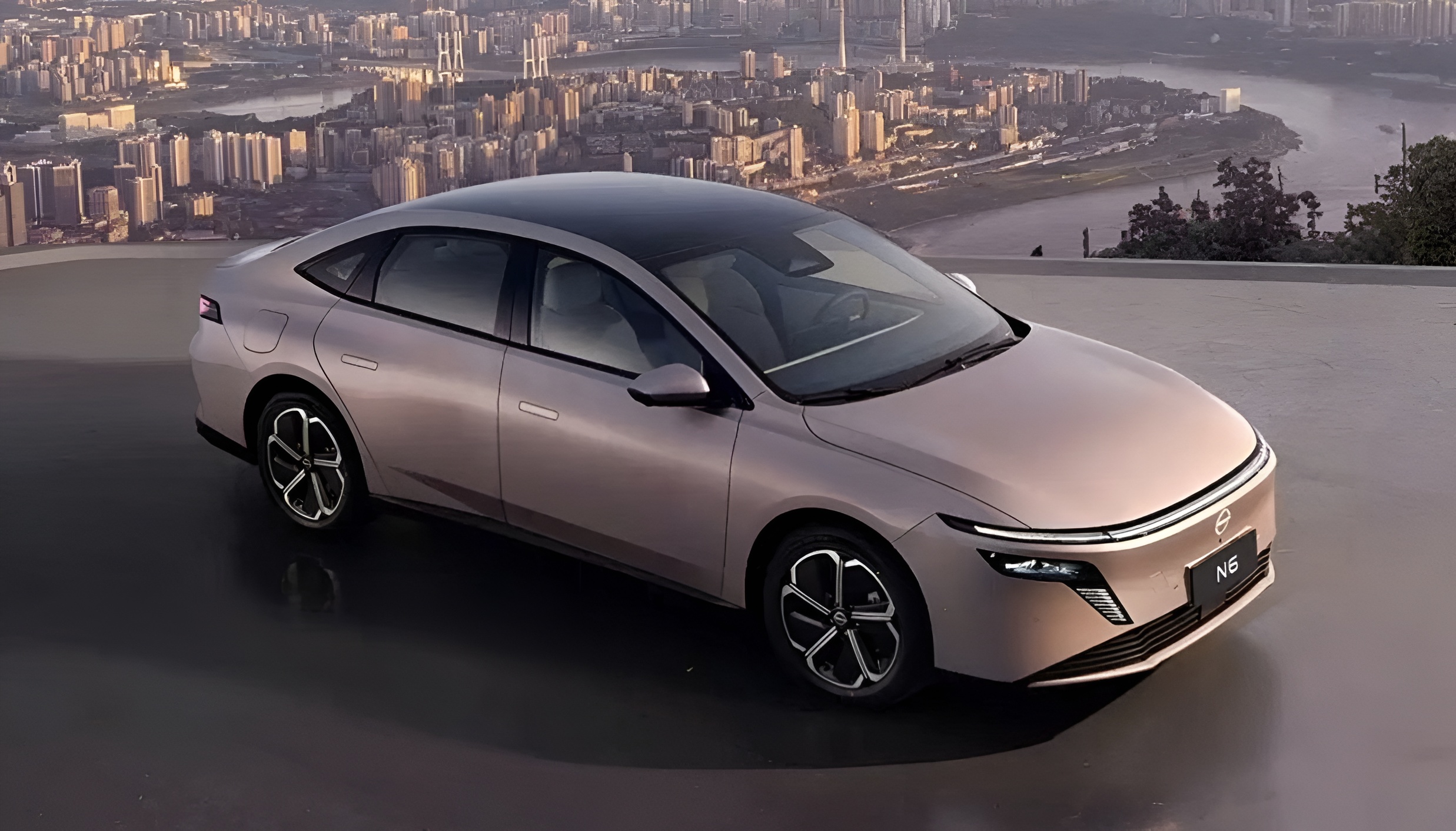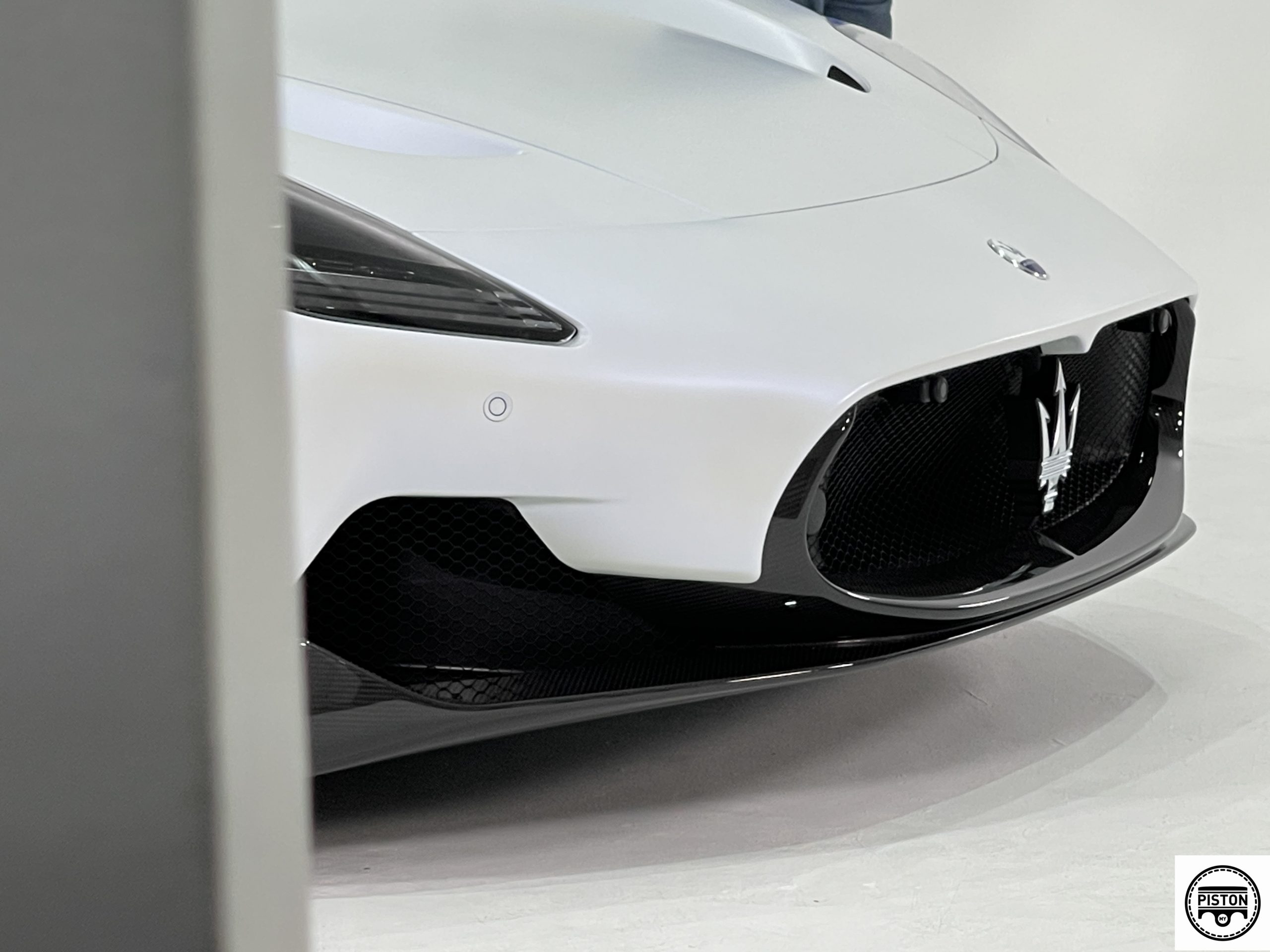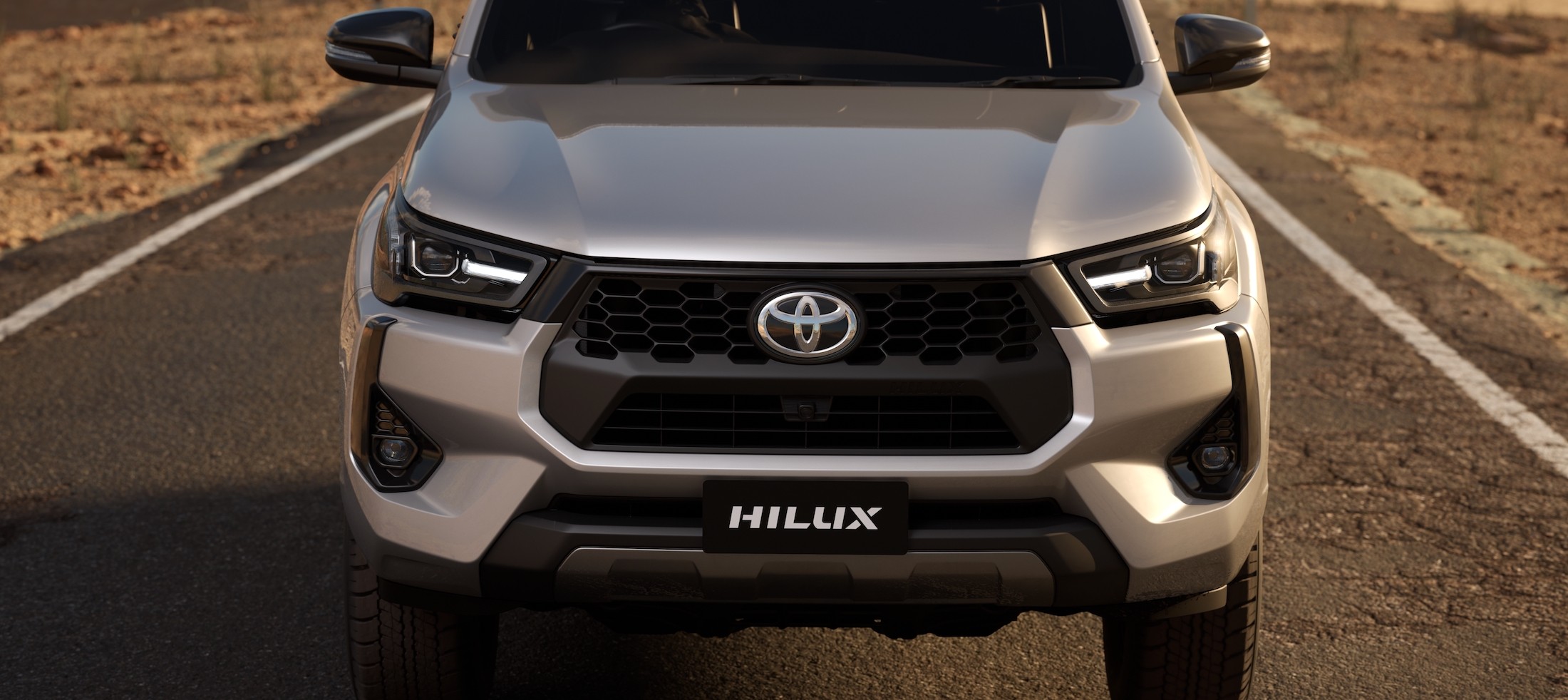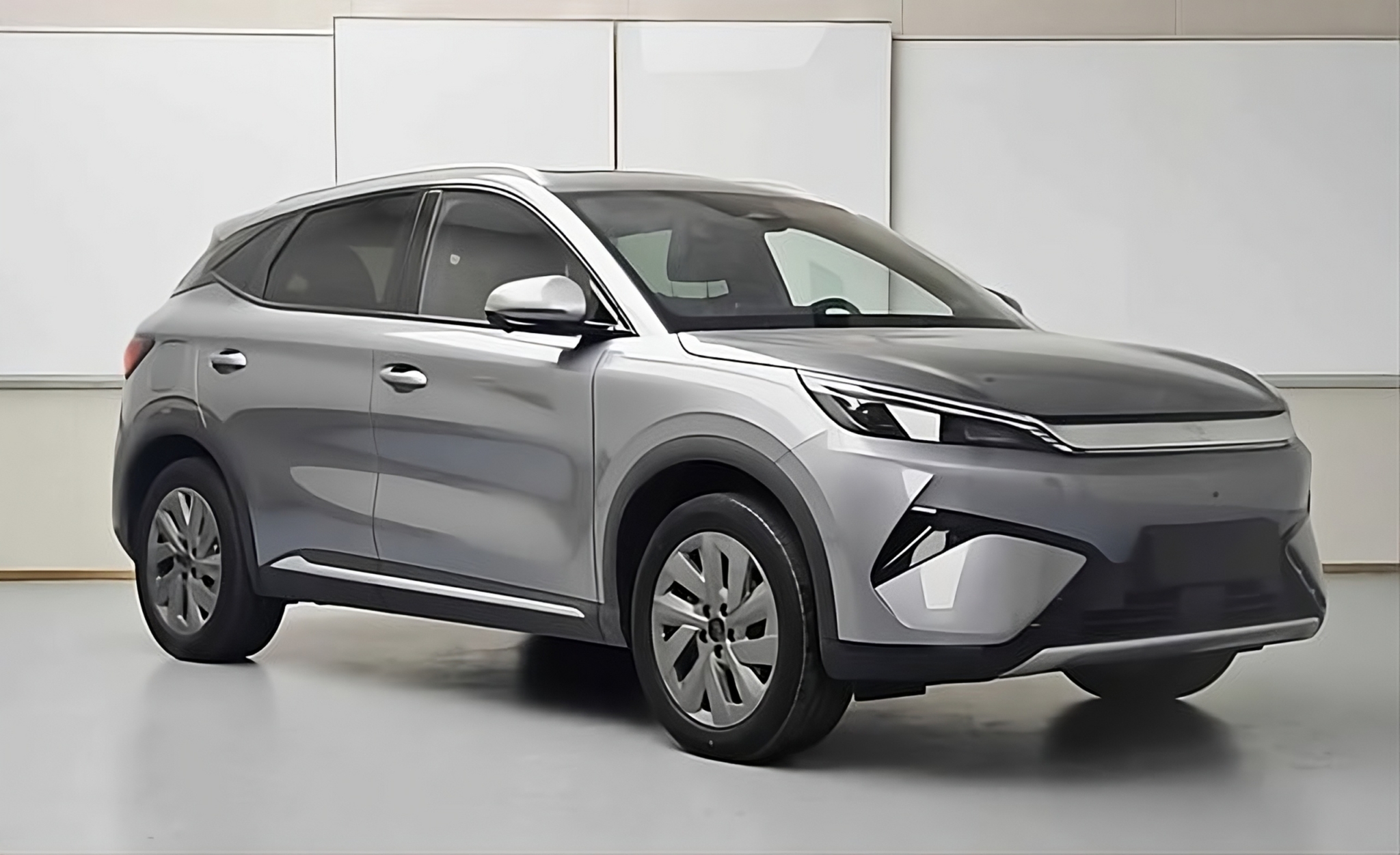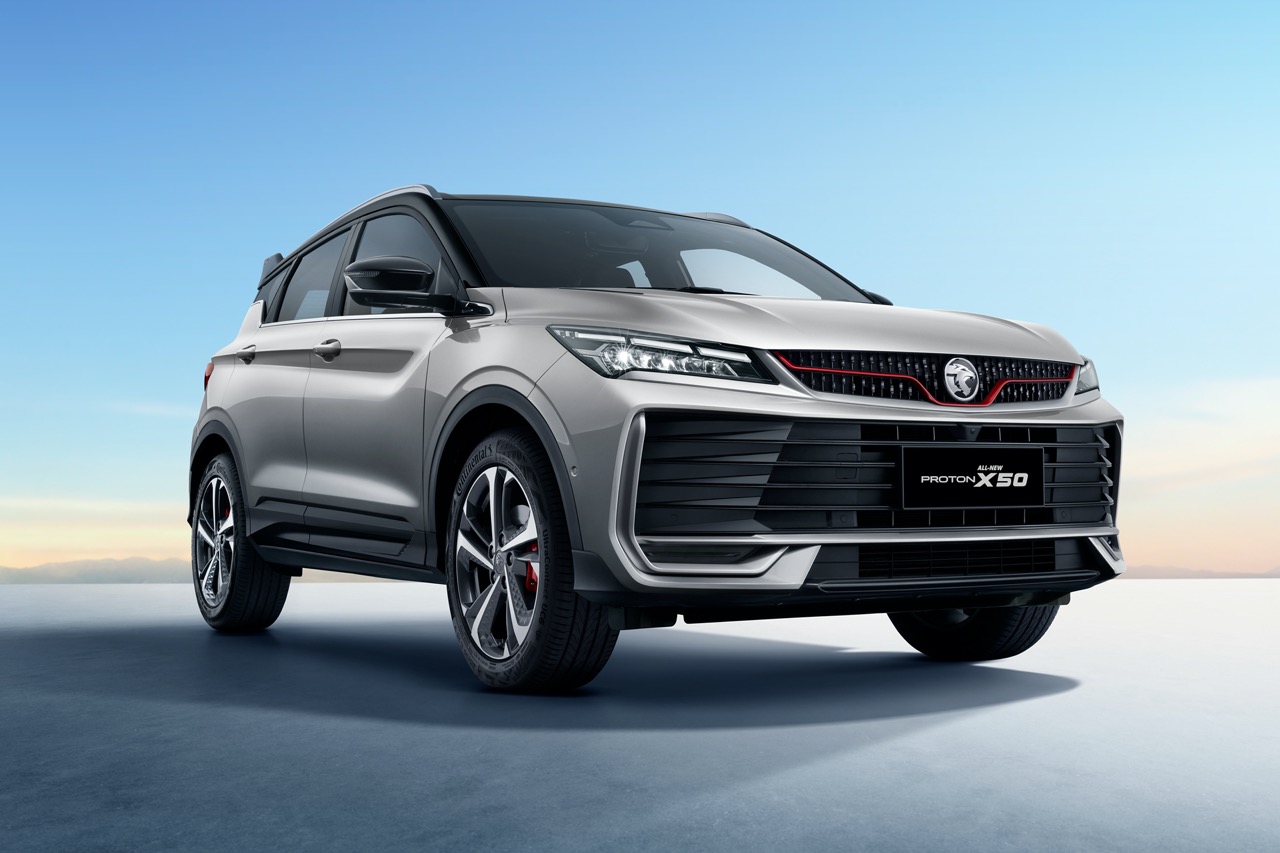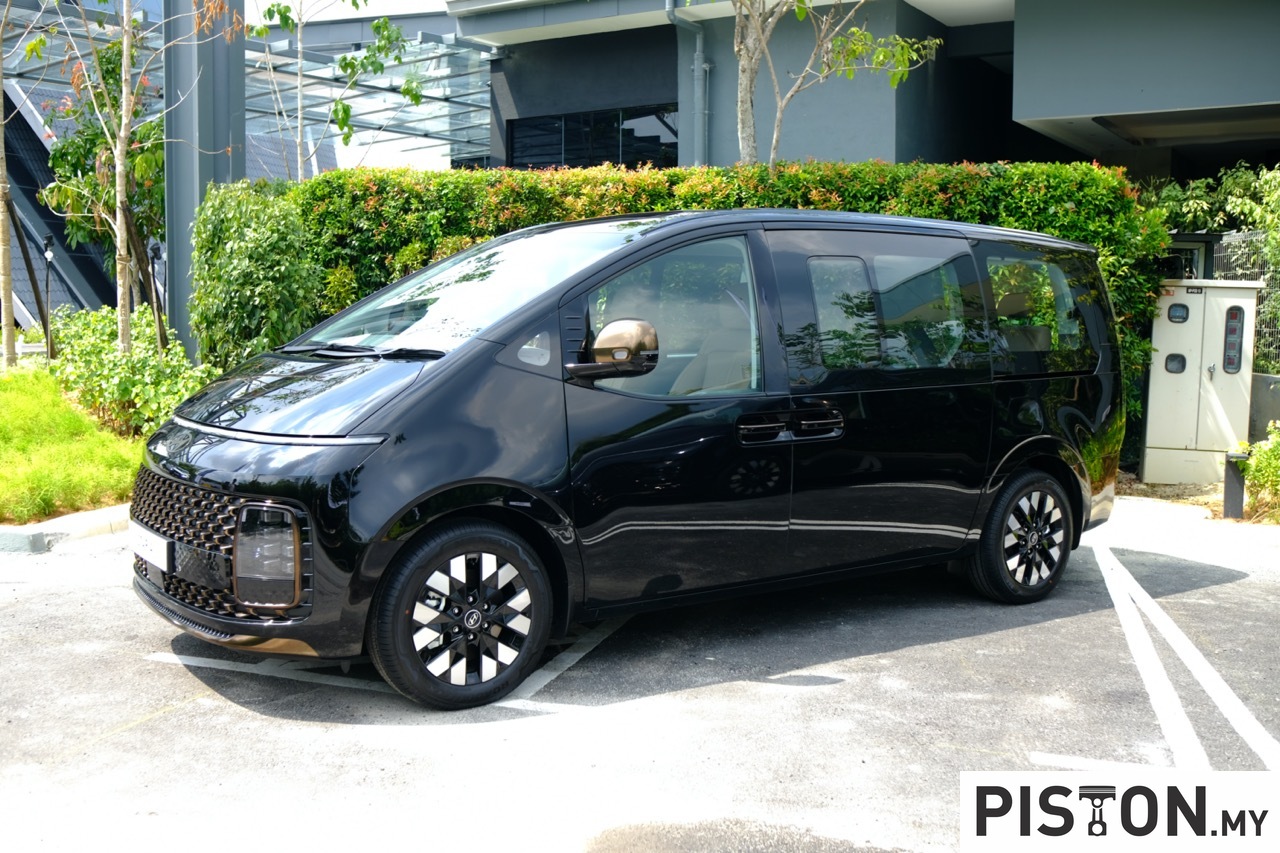More than 650,000 Volvo vehicles will benefit from the most recent over-the-air update, which will enhance Apple CarPlay. The manufacturer will alter the layout of the feature on the main infotainment screen and better integrate Apple’s capabilities across the interior, adding more information to the driver display.
The most major change enables Apple Maps and other navigation applications to be supported natively on the driver display, placing the information at the driver’s fingertips. Using the controls on their vehicle’s steering wheel, drivers can use the screen to display call details and answer, refuse, or cancel calls.
(more…)


